Boasting the most efficient and modern mango pack house around
Disclaimer: This is a boastful and prideful post about a packing house that I truly believe in. I’m one of a few globally well-traveled industry folks with an extremely diverse make up of commodities, markets, cultures and systems. I have seen a lot of packing houses and “sheds” in my travels and this one is my personal favorite- which is why I’ work with them. Boasting this facility and the Crespo’s is the natural outcome of my true beliefs.
We don’t talk enough about packing houses in our business yet this is the one place that usually solves and/or causes most problems in terms of product quality and food safety. Most fruits and vegetables are harvested and then brought to a packing house or shed where they are then packed into various bulk or retail packaging. These large and small sorting/packing hubs serve as the distribution outlet for the farm and/or the farmers. These facilities can be modern, elaborate, high tech, clean and simple, dirty and even bare bones covered (shaded) tables where things like fresh herbs are packed right out of the field.
Regardless of whether they are complex or simple, packing sheds always serve as a place where just picked fruits and vegetables go to get cleaned, trimmed, sorted, washed, sometimes waxed and packed. Sometimes the timing is extraordinarily quick other times it’s a long process. Some items such as leafy greens, bunches radishes and what we in the industry call the salad bowl pick to pack right there in the field, and don’t use packing sheds. (We have all see these videos.) But most of the produce we eat, more often than not pass through a packing facility of some sort.
As one of the most important aspects in the supply chain process, I’m surprised that people don’t talk about the packing facilities more often, let alone boast about them; as I am about to do with Crespo’s.
I think Crespo’s home pack house, Empaque Don Jorge is worth talking about and shining the spotlight on- even in (now outdated) video form. In terms of mangoes, there isn’t a lot out there as big, as modern ad equipped to handle the USDA requirement treatment as efficiently as this pack house can. I think many of Crespo’s customers can attest to the packing houses ability to aid in building sustainable, profitable mango programs, by providing super consistent, quality product at a reasonable price in the peak consumer demand- SUMMER.
I will never forget my first trip to a Mexican mango pack house, it was around 2008 during a trip to visit fair-trade organic avocado and mango producers during my Ger-Nis International days. We toured the avocado packing house first, it was located just outside of the town of Uruapan in Michoacán. It was a completely automated, fully enclosed and utilized some of the most high-tech packing machinery I had ever seen. At this point in my illustrious produce career I had been to many amazing packing houses throughout the world and this one impressed me.
This avocado pack house had ample cold rooms and everything was clean and seemed organized, not chaotic. This particular packing house specialized in the export to Japan and organics. Japan has very strict regulations and protocols that must be met at pack house level. It’s important to note that the Japanese market pays considerably more money than the US market for most fruit OG or CV and I strongly believe that the stability of the market ($$$) has a direct correlation on the quality of the pack house. Which would also in essence mean: cheap prices equal cheap packing houses. Which leads me to mangoes and the mango pack house and how efficiency and modernization in the packing process is the only way to stay truly viable in this business. Also a good time to mention that the FOB -Nogales & McAllen- organic Mexican mango price has dropped on average about $2-$3 on average since 2008 and point out that costs have risen considerably in Mexico in this same time frame. Which basically means things have gotten way more complex for growers and essentially more difficult to sustain profitability- which is the goal for every sector of the supply chain.
After touring the avocado pack house that day, we traveled down into the valley where the mangoes were growing, in hotter lower level elevations. I was anticipating more of the same. We pull up and even from the parking lot I scratched my head a bit. It wasn’t what I expected or what I wanted to see. It was mostly an open structure, with some screened in parts. It was dirty. Totally unorganized, chaotic and had very little (poorly running) cold storage. There wasn’t a lot of room and things seemed piled up. There didn’t seem to be anyone in charge or any real form of communication flow, it felt much like the message was, no matter what, just pack mangoes……. The message felt familiar on the receiving side, which is why I traveled there initially.
This pack house packed many different labels and brands (which is normal), and the PLU sticker section was a total mess. At this point my company’s mango program had been suffering from many ongoing problems that I could pinpoint to the packaging house. Incorrect PLU stickers, warm fruit, hot water bath damage, poorly stacked pallets, multiple sizes on a pallet….. and so on.
The goal of the program, and most of my work, was to help small growers make more money selling their product. But most the focus was on getting the market to pay more money, which I had learned way before that particular moment, was one of the hardest changes in the system to make. I guess today I look at it more like personal or spiritual work; looking within is where the only real change is possible.
But like personal and spiritual work, not everyone wants or is able to look within. Most the mango packing houses I toured and worked with since that time were much of the same.
And then I met the Crespo’s.
I am attracted to people ( personally and professionally) that want to look within and that’s what I found in the Crespo family seven years ago. Their ability to understand that in order to get the markets to pay more they had to do their own work, was refreshing. Their focus is more often than not on optimizing and improving the systems and therefore producing the best product at the most reasonable price, without doing it off the backs of others (which many do, even in the fair-trade world do).
The forward-thinking genes that seem to run through the Crespo family DNA, push them to continuously modernize and improve efficiencies. Its what lead Roberto Crespo Fitch into the mango business in the first place and what lead the business into the export realm. Eventually it’s what compelled the family to change over most of their conventional orchards into organic production, long before the market cared about organics.
Forward thinking is not without challenges, especially in Mexico and certainly in markets like ours; with commodities like mangoes. Change doesn’t happen instantly. There have been so many crazy obstacles along the way for the Crespo family, many of which I wish I could share; shouting out and naming names. There are still numerous obstacles, every day. But the Crespo’s move forward affected yet buoyant.
Resilience seems to be a part of forward thinking and the Crespo’s have a lot of resilience and today they have one of the most modern, efficient mango pack houses in Mexico.
The packing house is located in the family’s home town of El Rosario, Sinaloa Mexico. It packs El Grupo Crespo’s Crespo Organic & RCF brands. It’s open for the season and currently packing fruit from Nayarit production as well as some in Sinaloa. Its late in the season for opening, but most northern pack houses are opening late this season due to erratic weather.
The packing house was originally built by Roberto Crespo Fitch in the early 1970’s. Its named after Roberto’s father Jorge Longinos Crespo. The facility originally packed chili peppers and has packed everything from squash, tomatoes and watermelons in addition to mangoes. It was one of the originals exporting Mexican mangoes all over the globe to France, Spain, Germany, Holland, New Zealand, USA, Canada and Japan to name just a few. Today the company packs only for the US/Canadian markets in order to optimized the process. Each country has a magnitude of different requirements, it nearly impossible to maintain top efficiencies and deliver high quality with multiple focus’ and end product specifications.
Empaque Don Jorge was always impressive beyond its time and it opened last week even more impressive. It’s been totally revamped by Roberto Crespo Fitch’s children Malu, Roberto, Jorge and Jose Angel, who today run the family’s agricultural business- El Grupo Crespo. The revamp project began in 2016, funded in part by the family’s conversion into the DIRECT TRADE method of growing, packing, shipping and marketing mangoes; organic and conventional. This season the facilities open with the majority of the projects major work done.
EDJ sits on a 50-acre parcel and is surrounded by over 250+ hectares of El Grupo Crespo mango orchards, most of which are certified organic. El Grupo Crespo has about 400 total hectares of mango orchards in Sinaloa, with even more supplies from Nayarit. Growing in partnership with over 400 hectares of fruit and a large packing facility in Oaxaca’s southern region combined with the newly opened EDJ2, located in Chiapas, where El Grupo Crespo has more than 250 hectares of mango orchards, again most of which are certified organic- gives them a powerful full season advantage.
The considerable transformation over the past several years includes the replacement of all older model metal machinery with new high tech, efficient and worker-friendly stainless-steel machines. In the past all of the metal would have to be repainted in the off season, a long tedious and expensive process, in order to meet food safety compliance. Now, the packing facility has brand new shiny stainless steel washers, sorters, polishers, conveyers and packing lines….which dot the expanded floor of the facility’s 100,000+ SF of packing space including an additional packing line, which makes a total of 7 – one of which is dedicated full time to packing the Crespo Organic brand. Empaque Don Jorge continues to maintain a dedicated packing area for its non-treated Canadian exports and has replaced and modernized all machinery for this packing area as well.
When I first began working with Crespo there were 7 hydro thermic tanks, last year there was 10 and this past season the final tank was added, which brings the number to 11–allowing for 64,000 KG of fresh mangoes to be treated all at once under USDA APHIS hydro thermic guidelines. The iron tanks will all be switched out and replaced with new stainless steel by the end of the project. The packing house opened this season with 5 of the 11 tanks already changed out.
Probably most impressive to me during my first visit to EDJ about 6-7 years ago was the massive amount of cold storage the facility had. In mango pack houses I had visited prior- Mexico, Peru, Ecuador- I had never seen such a large dedication to the cold chain. As someone who dealt with the sizzling ramifications of shipping hot fruit; this impressed me.
Today I’m impressed even more. The seven cold rooms and pre and post cooling facilities have been expanded and cold storage capacity has increased by over 4 truck loads. Additionally, new cooling equipment has replaced the old in every sector and in every room.
The revamp and changes to the facility make Empaque Don Jorge one of the most efficient as and largest hydro-thermic mango packing facilities in Latin America. The facility upgrade project wasn’t focused on increasing capacity, it’s still only slightly above 14 truck loads per day, it focused on optimizing and increasing efficiency and Improving quality- of product and of work.
The efficiency and modernization bring better working conditions to the many workers whose families have worked at EDJ for almost five generations. It’s easy to forget how beneficial and safe new modern machinery is for the people who work on or around it- but it’s part of the process of modernizing, offering better actual working conditions and jobs to those that make up the system is essential. Part of forward thinking is thinking regeneratively, not just on the agricultural and soil side of the equation – but in terms of people. Offering the community, a place to make a good living for generations is a rare occurrence in our world these days.
The entire mango packing process happens in 72 hours with over 18 hours allocated to post-pack cooling. Empaque Don Jorge is one of the most efficient and quality driven pack houses packing for North America today. With all the changes El Grupo Crespo and it’s Crespo Organic and RCF brands are able to offer reasonably priced quality products packed by happy workers, as they continue to do what they do best- BUILD MANGO PROGRAMS!
The revamp project goes even further, as el Grupo Crespo’s two proprietary US warehouses, located in the ports of entry towns of Nogales, AZ and Mcallen, Texas are currently undergoing refrigeration upgrades and the facility in Nogales which also serves as the company’s US headquarters is increasing storage capacity as well as office space. I see this part of the project as a rare clarity that the Crespo siblings have; knowing that it’s not just about the quality that can be produced at EDJ but about their entire chain.
There is a down side to this modernization and revamp. The videos ( Our Home & The Mango Packing Process) my team did a few years back are now totally outdated. And of course we also did them in Spanish, which means more work! The upside is, I’m off to Mexico soon! Look for a new videos to launch telling the new story shortly before the 2020 season opens at which time the project will be fully complete. (Modernization is technically job security if you think about it!)



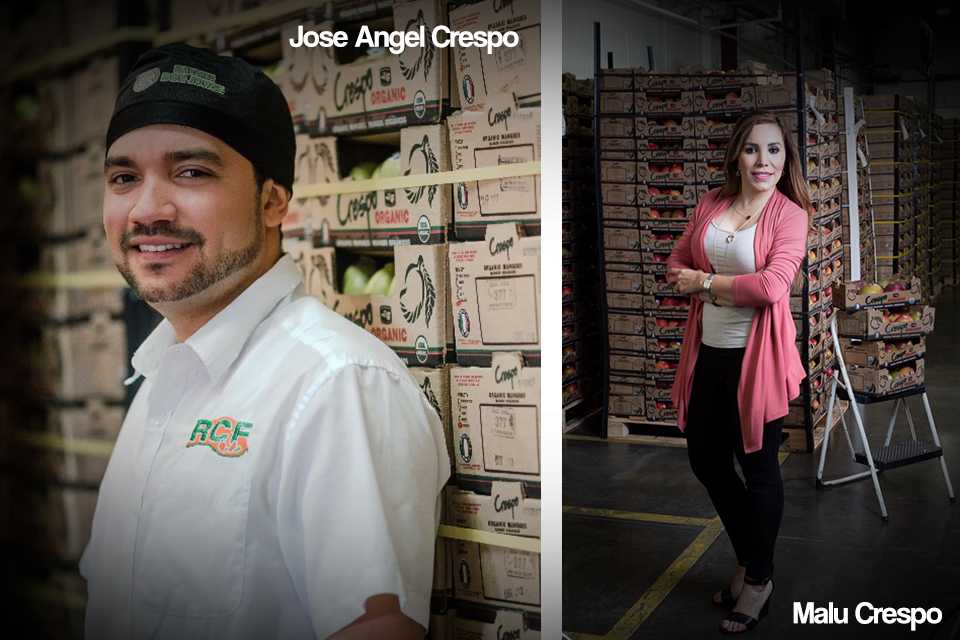


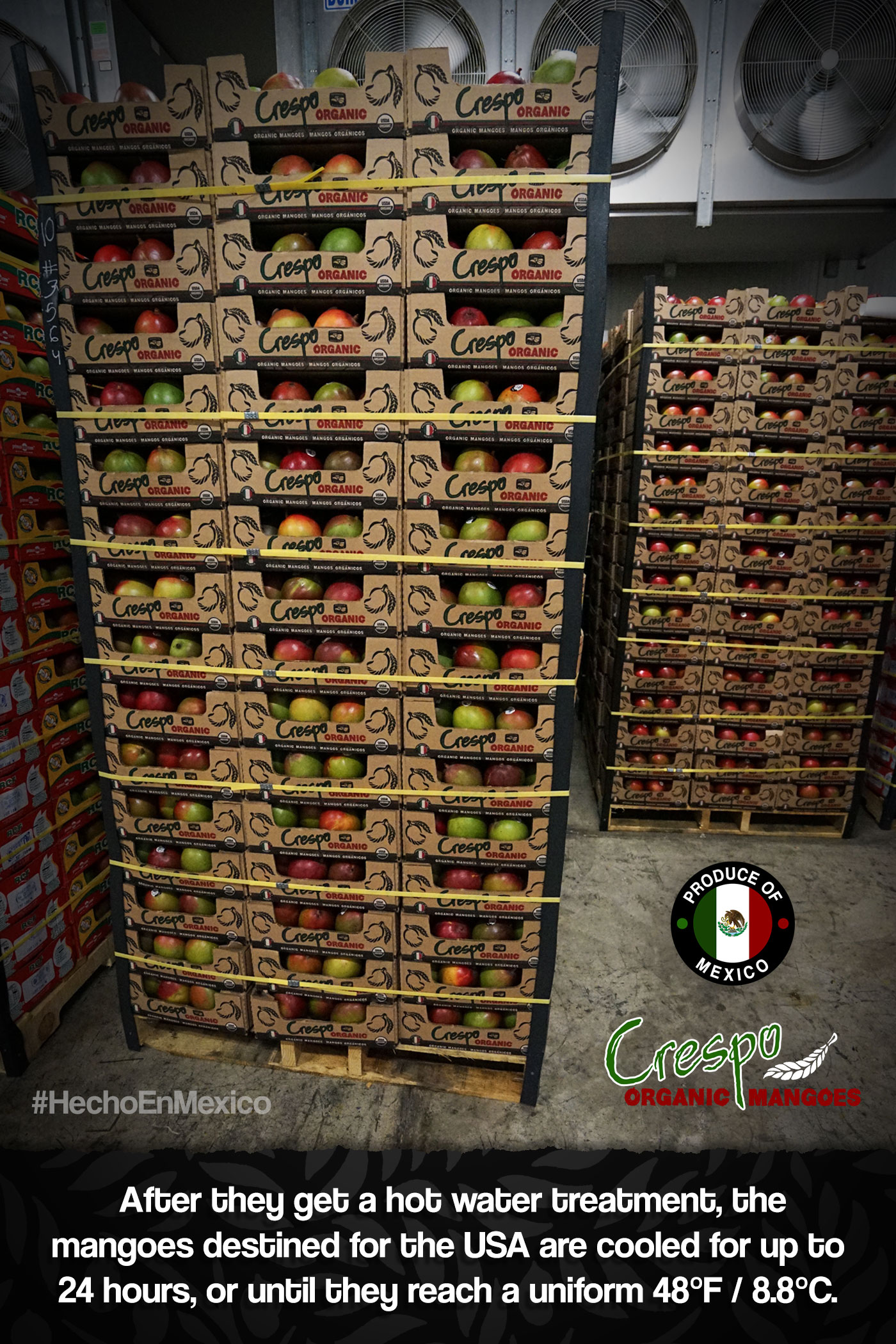
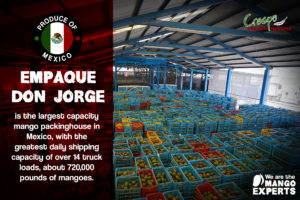
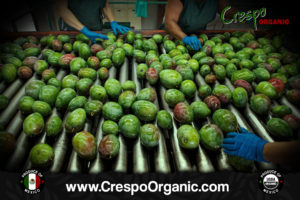
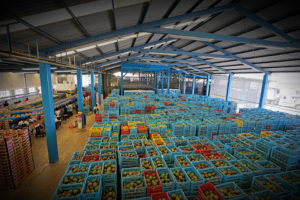
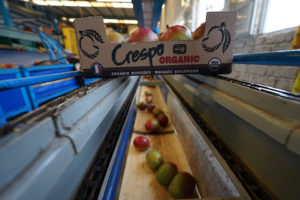

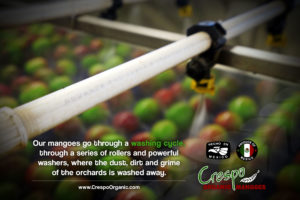
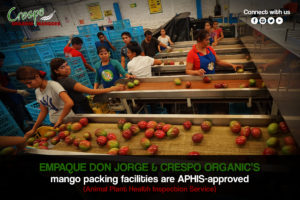
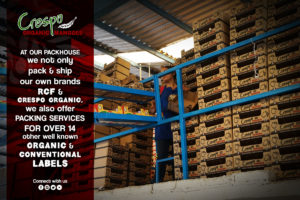


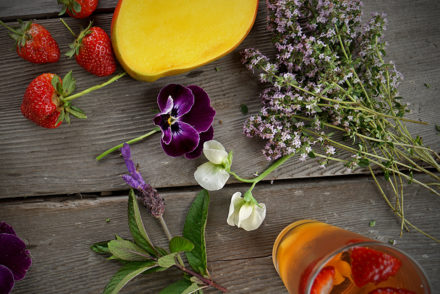



No Comments